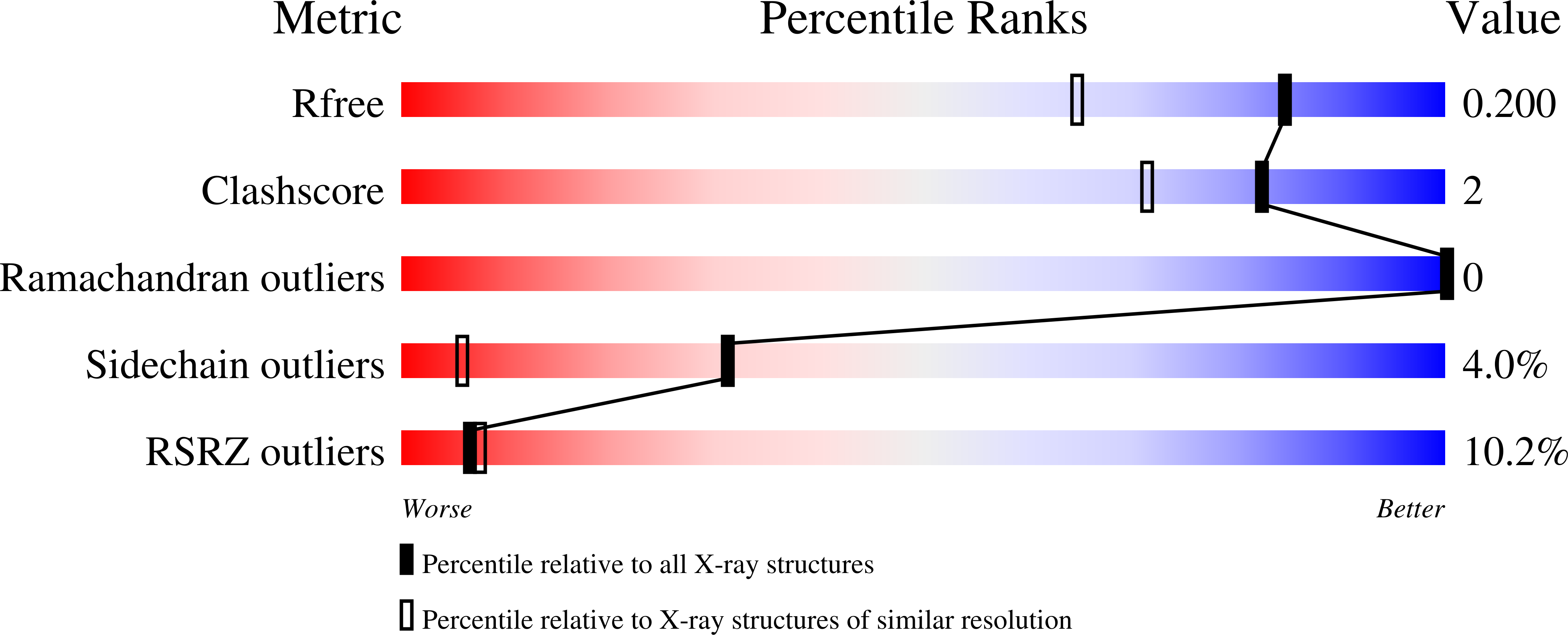
Deposition Date
2001-12-17
Release Date
2003-05-06
Last Version Date
2024-02-14
Entry Detail
PDB ID:
1KMQ
Keywords:
Title:
Crystal Structure of a Constitutively Activated RhoA Mutant (Q63L)
Biological Source:
Source Organism:
Homo sapiens (Taxon ID: 9606)
Host Organism:
Method Details:
Experimental Method:
Resolution:
1.55 Å
R-Value Free:
0.19
R-Value Work:
0.16
R-Value Observed:
0.16
Space Group:
P 21 21 2


